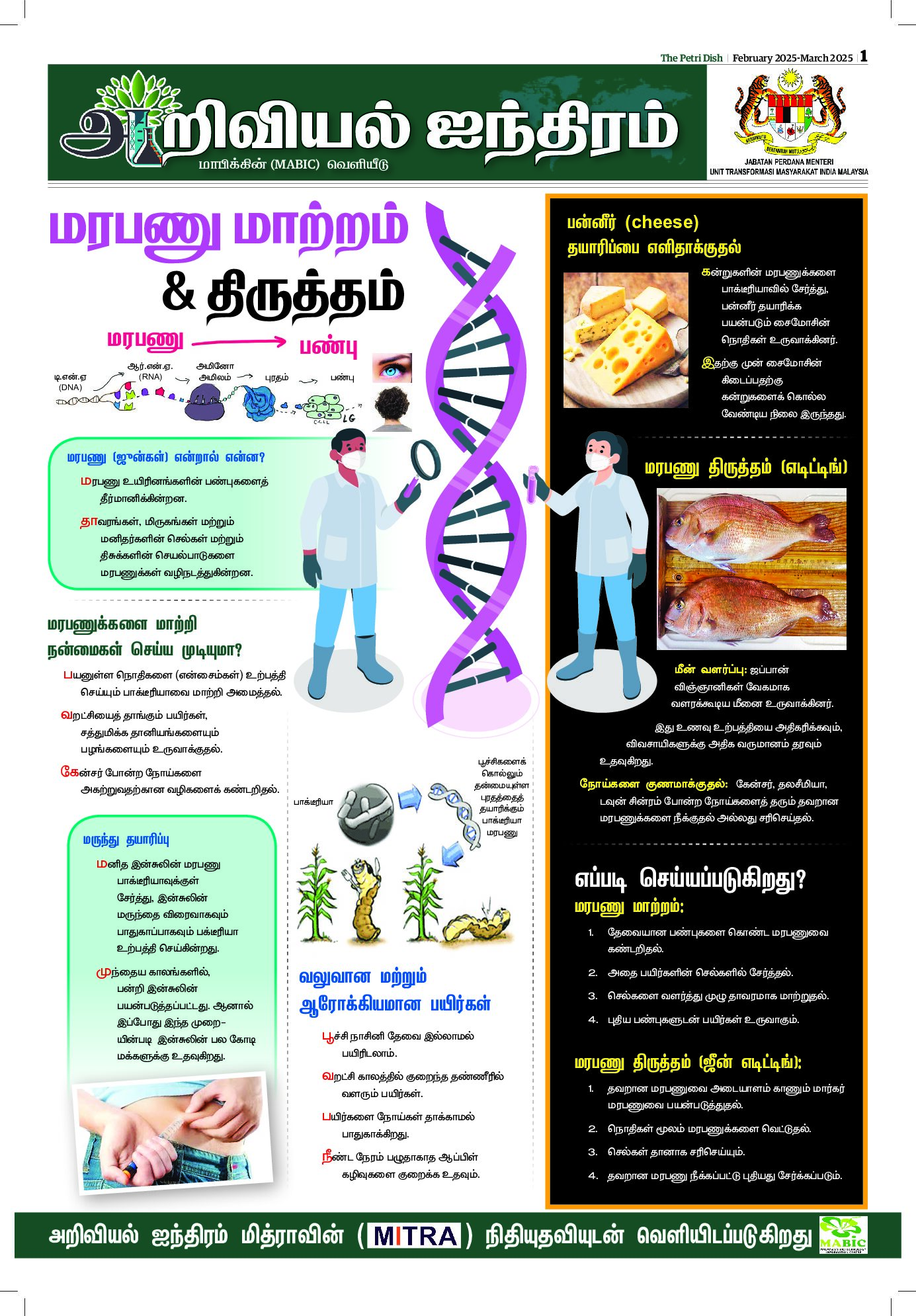A pipette is a laboratory tool commonly used in chemistry, biology and medicine to transfer a measured volume of liquid. During the early days, researchers pipette by mouth. Until there was a case reported that a physician accidentally sucked a culture of typhoid bacilli into his mouth during mouth pipetting. Yikes! Thanks to Heinrich Schnitger a Germany physician for ending the days of mouth pipetting. Heinrich invented the micropipette in 1957. He developed a prototype which consisted of a spring-loaded piston and a removable plastic tip to contain liquids. The bottom of the micropipette contains a small piston which moves in an air-tight bore.
Removable plastic tips are fitted to the cone-shaped end. Due to an air buffer, no liquid comes in touch with the piston. The volume is defined by a lower and upper adjustable stop on the spring-loaded piston. For the complete release of the liquid, increased pressure is applied, which presses down a second spring supporting the lower stop. With his micropipette, researchers were able to dispense small amounts of fluid quickly and precisely by hand.













